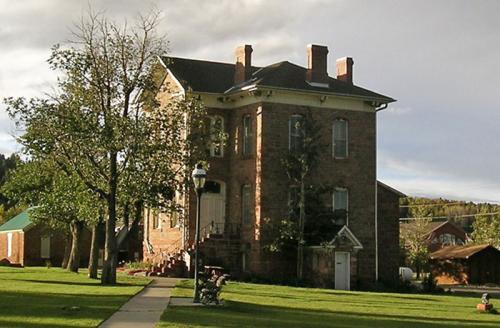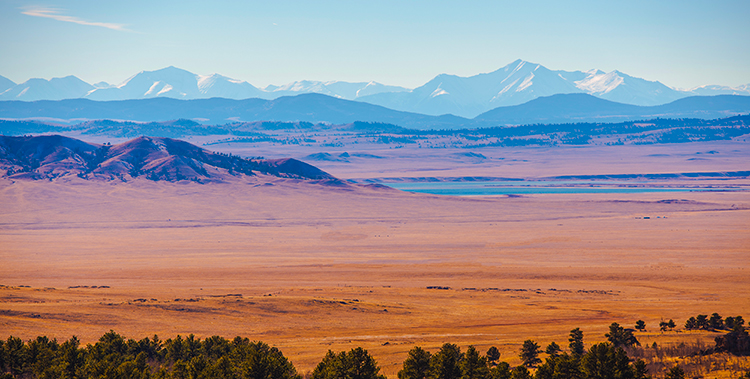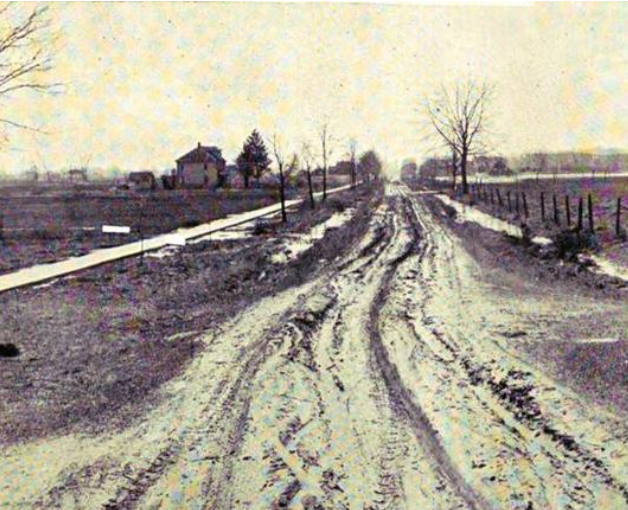South Park, Colorado
Perched high in the Colorado Rockies, South Park Colorado is a microcosm of Western history. From deep canyons to vast grasslands to snowy peaks and alpine meadows, this compelling basin is home to the nation’s highest incorporated town, gold mines, cattle ranches, and mountain passes. As one of only 49 National Heritage Areas in the United States, South Park offers a rare glimpse of pioneer life at high altitudes during the settlement of the American West.
This region is a landscape rich with heritage and attracts individuals who value Western authenticity. Some ranches have been operated for five generations by the same family. As they have for centuries, residents still depend on the land for their livelihood, recreation, and quality of life. As other places lose their inherent charm, South Park becomes a more engaging destination.
South Park Heritage
South Park boasts an array of nationally significant artifacts that reflect different aspects of this country’s heritage. The basin’s high peaks, clear streams, and copious wildlife embody the resources that sustained the native people and attracted settlers west. Hundreds of historic sites and structures still remain 150 years after the development of early mining, railroading, and ranching at 10,000 feet. Local events celebrate the lives of early pioneers in this area. Together, these resources and traditions evoke images of the struggle for prosperity that played out within the ring of mountains that define Colorado’s largest mountain park.
Park County Courthouse
 Seven years after Fairplay became the county seat in 1867, the old Park County Courthouse was built of native sandstone in the Italianate style. Along with the adjacent stone jail, this building witnessed a parade of the famous, the notorious, and the ordinary. Known as the “hanging court,” decisions made here had a profound impact on Colorado case law. Listed on the National Register of Historic Places, it now serves as a public library and is one of 12 properties showcased in the Fairplay Historic Walking Tour brochure.
Seven years after Fairplay became the county seat in 1867, the old Park County Courthouse was built of native sandstone in the Italianate style. Along with the adjacent stone jail, this building witnessed a parade of the famous, the notorious, and the ordinary. Known as the “hanging court,” decisions made here had a profound impact on Colorado case law. Listed on the National Register of Historic Places, it now serves as a public library and is one of 12 properties showcased in the Fairplay Historic Walking Tour brochure.
Boreas Pass Section House
Managed by the U.S. Forest Service, the Boreas Pass Section House was built in 1882 to house railroad workers on the Denver, SP & Pacific Railroad Highline Route between Como and Breckenridge. Next to the Section House, the 1860s Wagon Cabin was built when this route was a mere wagon trail over the Continental Divide. Listed on the National Register of Historic Places, these structures now serve as a visitor center and museum during summer and a backcountry ski hut during winter.
More About South Park Colorado
Perhaps you’re curious about the more modern attraction, the cartoon South Park. What does this area of Colorado have to do with the cartoon anyway? One can really only speculate on the subject. Perhaps these two places (one real, the other fictional) have nothing to do with one another. It’s just a mere coincidence that they bear similar names. However, it’s also possible that there’s more to it than mere coincidence. One similarity that stands out is that the historical South Park was outlandish, full of ironies and scandal. This is also true about the cartoon. Learn more about South Park, Fairplay, and Conifer, Colorado. Some interesting connections between them might satisfy your curiosity.



 west, and terminated at Kansas City, Missouri. Today US 24 runs from Independence Township, Michigan at an intersection with I-75, and terminates at
west, and terminated at Kansas City, Missouri. Today US 24 runs from Independence Township, Michigan at an intersection with I-75, and terminates at